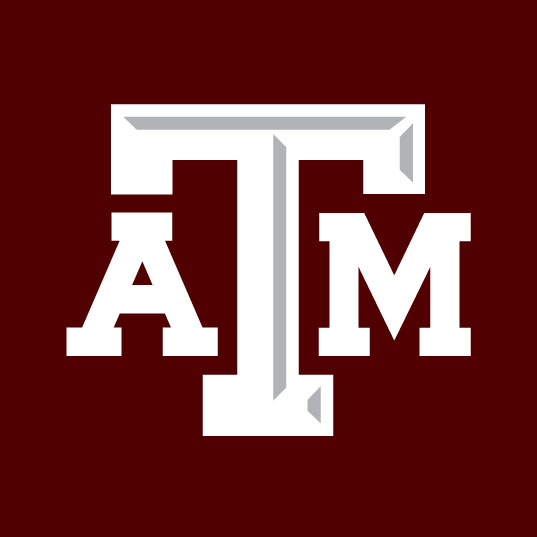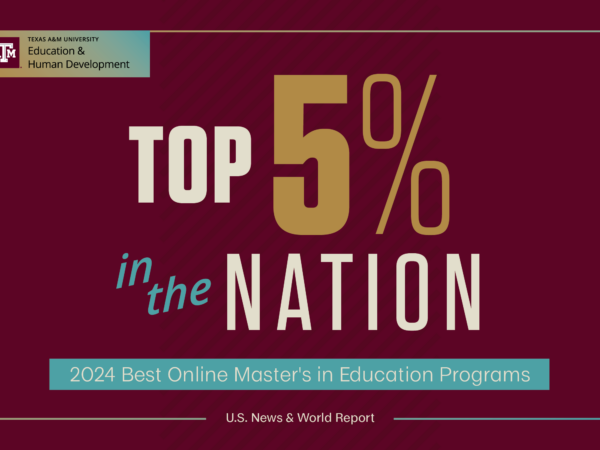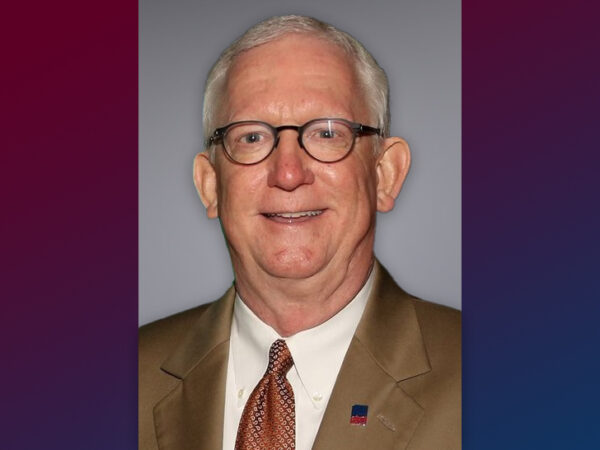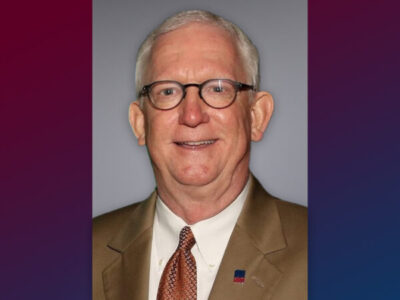
Two Professors Receive $1.5 Million School Inclusion Grant
Two EAHR professors received a research grant of $1.5 million from the W.K. Kellogg Foundation. The grant was awarded to Drs. Jean Madsen and Mario Torres — continuing the developing use of their school inclusion model. The new grant is a follow up to their 2014 grant and focuses on “Strategies for School Improvement and Inclusion in Schools with Demographically Diverse Students.”
The W.K. Kellogg Foundation awarded a preplanning grant of $286,000 in 2014 to develop a school inclusion model. The inclusion model captured the following areas: performance indicators, forms of organizational justice, and leadership capacity. The model provides support to a number of South Texas schools that are addressing their changing demographics. The majority of participating schools shared notable differences between the minority student population and educators.
Through close interaction with school administrators, the model will help to improve school performance within the next three years by creating positive aspects in schools, Drs. Madsen and Torres said.
Focusing on the three areas, surveys were developed for teachers, parents, and leaders. These surveys captured a school’s perceptions of inclusiveness. Based on survey results, each school was given an inclusion score based on the perceptions of the parents, teachers, and leaders.
“The surveys were handed out to in order to gauge the cultural, ethnic, and linguistic perception within the schools,” said Dr. Madsen. “The results are to later be compared alongside state performance data.”
Based on the survey data from the pre-planning grant, the research team was able to develop new interventions for the participating schools. One area of this school inclusion model examined how both teachers and administrators interpret and enforce areas such as discipline, decrease the number of students of color in special education and increase students attending post-secondary education.
“This inclusiveness idea goes beyond complying with laws, but doing what’s in the students’ best interest with regard to fairness, embracing different cultures, and addressing the needs of all populations, particularly those which have been long underrepresented,” said Dr. Torres. “The inclusiveness model encourages leaders and teachers to be more conscious of the day to day.”
This grant will be carried out in three phases starting with the first phase starting in March. The first phase is Intervention and Building Capacity, which will establish goals and objectives derived from data. Interventions will focus on data management, leadership capacity, parent engagement, instructional practices, transitions to post-secondary and parent engagement.
Both quantitative and qualitative evaluation procedures will occur. The school inclusion survey will be given each year to parents, teachers, and leaders.
The second phase Building Capacity and Sustainability of Inclusion will begin August 2017 and builds off the knowledge established through phase one. This phase will involve district work to insure personnel are trained to work effectively within each school by utilizing skills of equity, discipline, and family and parent engagement. Afterward when the intervention phase is completed, the grant wants to insure sustainability so schools will continue to use these areas of improvement.
Dr. Madsen views the model as a way of engaging in a dialogue for student transition between grade levels. She highlighted the transition between elementary and middle school as an important period of growth for college-ready success.
“Research shows that the elementary level is a pivotal time in a child’s development,” she said. “Much of a student’s college readiness needs to take place around that time in order to increase their chances of success when they reach the high school level.”
Phase three is Sustainability and Evaluation of the Inclusion Capacity and will evaluate the inclusion model using both qualitative and quantitative methods. This will determine the effectiveness of the model and possible implications for other districts who are going through demographic changes.
For more information about the school inclusion model can be found on the EAHR program page and the Kellogg Foundation website.
Written by Justin Ikpo (sehdcomm@tamu.edu)
For media inquiries, contact Ashley Green.












